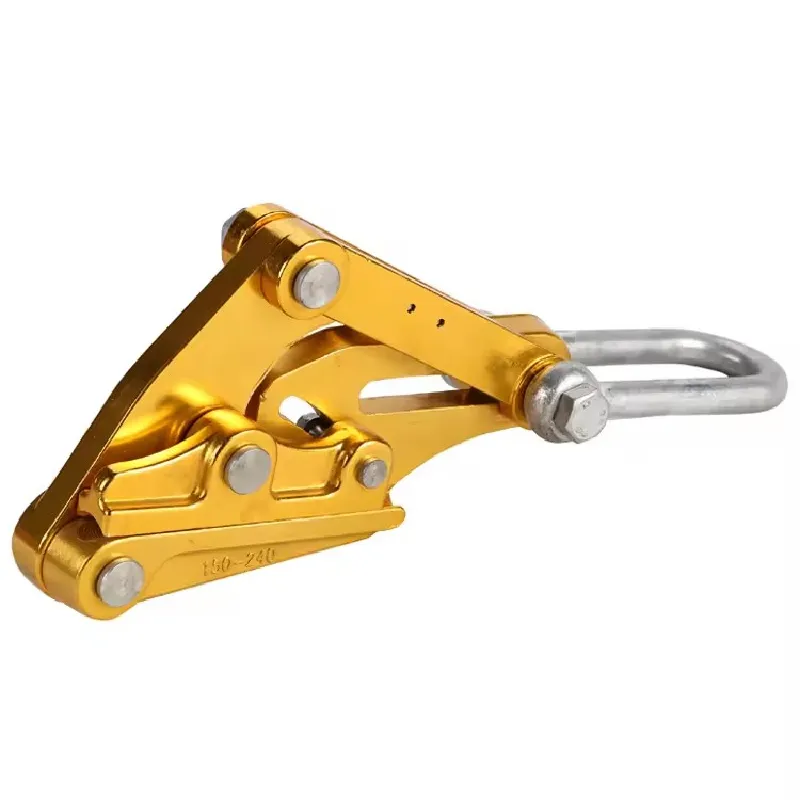
-
 Afrikaans
Afrikaans -
 Albanian
Albanian -
 Amharic
Amharic -
 Arabic
Arabic -
 Armenian
Armenian -
 Azerbaijani
Azerbaijani -
 Basque
Basque -
 Belarusian
Belarusian -
 Bengali
Bengali -
 Bosnian
Bosnian -
 Bulgarian
Bulgarian -
 Catalan
Catalan -
 Cebuano
Cebuano -
 Corsican
Corsican -
 Croatian
Croatian -
 Czech
Czech -
 Danish
Danish -
 Dutch
Dutch -
 English
English -
 Esperanto
Esperanto -
 Estonian
Estonian -
 Finnish
Finnish -
 French
French -
 Frisian
Frisian -
 Galician
Galician -
 Georgian
Georgian -
 German
German -
 Greek
Greek -
 Gujarati
Gujarati -
 Haitian Creole
Haitian Creole -
 hausa
hausa -
 hawaiian
hawaiian -
 Hebrew
Hebrew -
 Hindi
Hindi -
 Miao
Miao -
 Hungarian
Hungarian -
 Icelandic
Icelandic -
 igbo
igbo -
 Indonesian
Indonesian -
 irish
irish -
 Italian
Italian -
 Japanese
Japanese -
 Javanese
Javanese -
 Kannada
Kannada -
 kazakh
kazakh -
 Khmer
Khmer -
 Rwandese
Rwandese -
 Korean
Korean -
 Kurdish
Kurdish -
 Kyrgyz
Kyrgyz -
 Lao
Lao -
 Latin
Latin -
 Latvian
Latvian -
 Lithuanian
Lithuanian -
 Luxembourgish
Luxembourgish -
 Macedonian
Macedonian -
 Malgashi
Malgashi -
 Malay
Malay -
 Malayalam
Malayalam -
 Maltese
Maltese -
 Maori
Maori -
 Marathi
Marathi -
 Mongolian
Mongolian -
 Myanmar
Myanmar -
 Nepali
Nepali -
 Norwegian
Norwegian -
 Norwegian
Norwegian -
 Occitan
Occitan -
 Pashto
Pashto -
 Persian
Persian -
 Polish
Polish -
 Portuguese
Portuguese -
 Punjabi
Punjabi -
 Romanian
Romanian -
 Russian
Russian -
 Samoan
Samoan -
 Scottish Gaelic
Scottish Gaelic -
 Serbian
Serbian -
 Sesotho
Sesotho -
 Shona
Shona -
 Sindhi
Sindhi -
 Sinhala
Sinhala -
 Slovak
Slovak -
 Slovenian
Slovenian -
 Somali
Somali -
 Spanish
Spanish -
 Sundanese
Sundanese -
 Swahili
Swahili -
 Swedish
Swedish -
 Tagalog
Tagalog -
 Tajik
Tajik -
 Tamil
Tamil -
 Tatar
Tatar -
 Telugu
Telugu -
 Thai
Thai -
 Turkish
Turkish -
 Turkmen
Turkmen -
 Ukrainian
Ukrainian -
 Urdu
Urdu -
 Uighur
Uighur -
 Uzbek
Uzbek -
 Vietnamese
Vietnamese -
 Welsh
Welsh -
 Bantu
Bantu -
 Yiddish
Yiddish -
 Yoruba
Yoruba -
 Zulu
Zulu


Ліст . 05, 2024 21:02 Back to list
wire pulling with a sling a strategic guide
Wire Pulling with a Sling A Strategic Guide
Wire pulling is an essential operation in various industries, particularly in construction, telecommunications, and electrical installations. This task often involves navigating challenging environments, making the use of a sling an effective choice for seamless wire pulling. A sling not only aids in securing wires but also enhances efficiency and safety during the process. In this guide, we will explore the strategic use of slings in wire pulling operations.
Understanding Wire Pulling
Wire pulling involves the placement of electrical wires, cables, or other types of wiring through conduits, ducts, or specific pathways. The process can be physically demanding and requires careful planning to prevent damage to the wire and ensure safety. Factors like the length of the wire, the presence of bends and obstacles, and the tools at hand all play crucial roles in executing a wire pull successfully.
The Role of a Sling
A sling is a versatile tool typically composed of strong, durable materials such as nylon, polyester, or chains, designed to support heavy loads. When used in wire pulling, a sling can facilitate the transport of wire, reduce friction during the pull, and ensure that the tension applied does not exceed the wire’s capacity. This helps to minimize the risk of wire damage and enhances the efficiency of the operation.
Strategic Considerations for Using a Sling
wire pulling with a sling a strategic guide

1. Select the Right Sling The type of sling required will depend on the wire’s weight and the environment. For heavier cables, a chain sling may be more appropriate, while a synthetic sling can provide flexibility and ease of use in tighter spaces. It's crucial to verify the load capacity of the sling to match the specifications of the wire being pulled.
2. Planning the Pull Route Before commencing the wire pull, survey the intended route. Identify any potential obstacles, such as bends in the conduit or areas with limited access. A strategic approach may involve planning the pull in stages, utilizing multiple slings to distribute the load, thus reducing tension on any single point.
3. Manage Tension Carefully During the pulling process, managing tension is paramount. Excess tension can lead to wire insulation damage or breaks. The use of a sling allows for better distribution of force. Utilize pulleys or rollers if necessary to ease the pulling motion, thus ensuring a smoother process.
4. Employ Proper Techniques The technique used during wire pulling is vital for the success of the operation. Use a steady and controlled motion while pulling, and be cautious of sudden jerks or pulls that could induce stress on the wire. Ensure that all team members are aware of their roles, establishing clear communication throughout the process to maintain safety.
5. Maintain Safety Protocols Safety should always be the top priority. Utilize personal protective equipment (PPE), and ensure that the work area is clear of unnecessary personnel. Conduct a risk assessment before starting the pulling operation to identify potential hazards and establish necessary precautions.
Conclusion
Wire pulling with a sling is a strategic and efficient method that significantly enhances the safety and effectiveness of the operation. By selecting the right sling, planning the route, managing tension, employing proper techniques, and adhering to safety protocols, teams can streamline their wire pulling tasks. Ultimately, the careful integration of slings into wire pulling operations not only optimizes performance but also contributes to a safer working environment, making it an invaluable practice in various industries.
Latest news
What Are Construction Tools and How Are They Used?
NewsJul.11,2025
Professional-Grade Duct Rodding Tools for Superior Cable Installation
NewsJul.11,2025
Enhancing Safety and Efficiency with Modern Hot Stick Solutions
NewsJul.11,2025
Empowering Cable Installation with Advanced Rodder Solutions
NewsJul.11,2025
Elevate Your Cable Installation Projects with Cable Pulling Tools
NewsJul.11,2025
Efficient Cable Handling Solutions: Cable Rollers for Sale
NewsJul.11,2025











